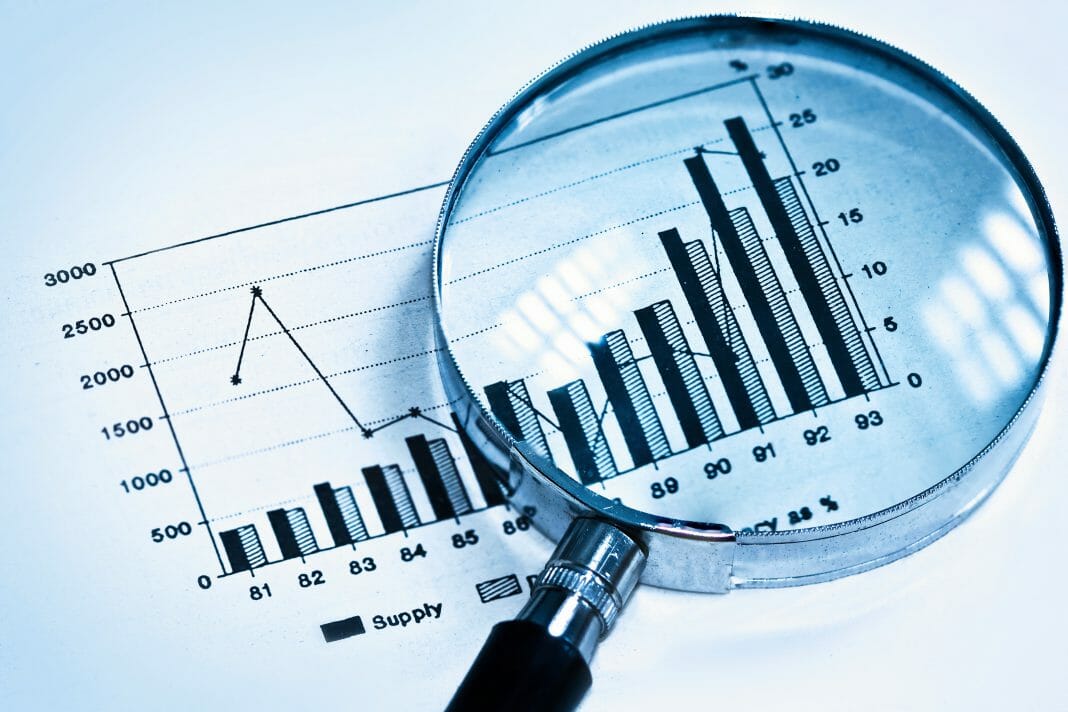The decision was unanimous and reflects the Fed’s concern about high inflation in the country, despite strong job creation and modest growth in spending and output.
The Federal Reserve, the central bank of the United States, announced an increase in the basic interest rate of 0.25 percentage points to a range of 4.75% to 5% per year, at its most recent meeting.
This is the second monetary policy meeting of the year and the Fed faced a double challenge: continue raising interest rates to combat inflation or pause monetary tightening, given the scenario of uncertainties in the banking sector after the bankruptcy of two banks and aid to a third party.
The Fed statement stressed that the US banking system is strong and resilient, but that recent events could lead to tighter credit conditions for households and businesses and negatively affect economic activity, hiring, and inflation.
The Fed had lowered the upward pace of federal funds at the February meeting, making an initial adjustment of 25 basis points. Previously, there were four consecutive highs of 75 points and a 50-point rise in December 2022. Still, the Fed remains alert to inflation risks and closely monitors the country’s economic situation.
The Market Already Expected the Fed Rise
The Fed decision to raise interest rates by 25 basis points was in line with the expectations of many in the market, according to the CME Group rate monitor, which forecast this rise at 86.4 % of analysts.
In testimony before the US Senate, Fed Chairman Jerome Powell had left open the possibility of an acceleration in US interest rate hikes, citing a hot job market and a high cost of living in the country. This brought expectations of an increase of up to 0.5 percentage points, to 70%.
Today’s decision reflects the Fed’s stance that further tightening may be appropriate to achieve a tight enough stance to return inflation to 2% over time. However, the change in the language used by the Fed is striking, as it no longer speaks directly of continued rate hikes, but of additional policies that may be necessary.
This change in language indicates that the Fed is open to considering other options than simply raising interest rates to combat inflation, which could include measures such as reducing asset purchases.
The Fed Plans Another Rate Hike Later this Year
The Federal Reserve, the central bank of the United States, released its projections for the country’s economy, indicating that the interest rate should close the year at 5.1%. This implies another residual increase until the end of 2023.
The projection is the same as last December, before the inflation and labor indices that were released this year. However, it precedes the crisis that arose among the US regional banks, which forced the Fed to create an emergency program.
Most of the members believe that interest rates should stop rising to a level higher than the current one. However, one member indicated that no further rate increases were needed.
The Fed’s projections for the end of 2024 indicate interest at 4.3%, showing that rate cuts should only happen from next year. With higher interest rates, the unemployment rate, currently at 3.6%, should reach 4.5% by the end of this year and 4.6% in 2024, according to the average of the Fed projections.
For Gross Domestic Product (GDP), those responsible for monetary policy revised downwards the growth of the US economy in 2023 and 2024, to 0.4% and 1.2%, respectively (compared to 0.5% and 1.6%).
By Audy Castaneda











